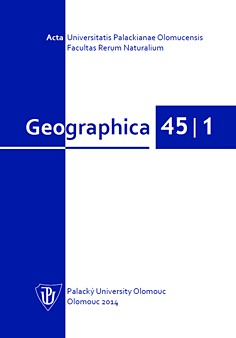Geographica 45/1 (2014)
|
Acta Universitatis Palackianae Olomucensis |
 |
| Back to contents | Zpět na obsah |
The hydrological consequences of urbanisation: Lublin case study (Poland)
Zdzisław Michalczyk, Stanisław Chmiel, Sławomir Głowacki, Joanna Sposób
Full text: ![]() PDF (1 MB)
PDF (1 MB)
Received: May 17, 2014
Accepted: June 22, 2014
Abstract
The paper presents the consequences of changes in water management in Lublin (Poland). The area’s urban development and specific water management conditions (the concentration of large groundwater intakes in a relatively small area) have caused changes in the volume of groundwater resources, and a transformation of the hydraulic connection of groundwater with surface water. Anthropogenic changes in the discharge of rivers can also be observed. This concerns the Bystrzyca River and its tributaries: the Czechówka and Czerniejówka Rivers. The changes are particularly evident in the lower section of the catchment, within the depression cone. The natural regime of the Bystrzyca River is affected by the discharge of sewage water from the sewage treatment plant in Hajdów, and by surface runoff from the urban area. In periods without surface runoff, daily changes in the discharge from the Bystrzyca River are predominantly due to the disposal of post-sewage waters from the sewage treatment plant. The supply is determined by the daily rhythm of the functions of Lublin’s inhabitants. Successive growth of weakly permeable surfaces in the city causes fast and increasing precipitation water runoff, particularly following intensive precipitation events and snowmelt. This results in a rapid increase in water stages in the Bystrzyca River below Lublin.
Key words
Lublin, urban hydrology, surface runoff, urban floods
Last modified 31/08/15 | ↑ top